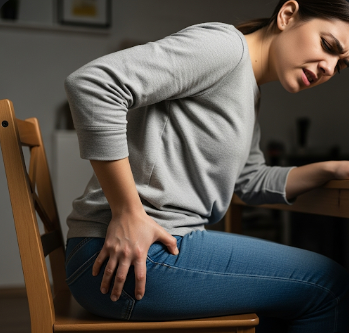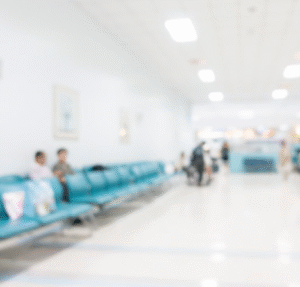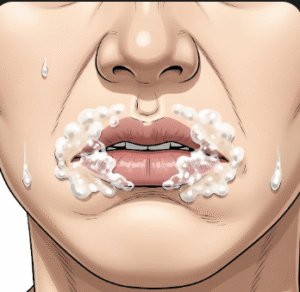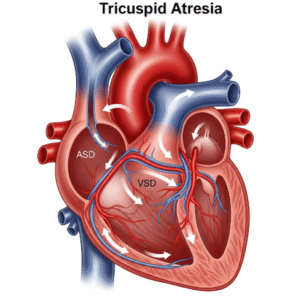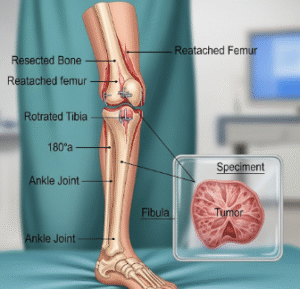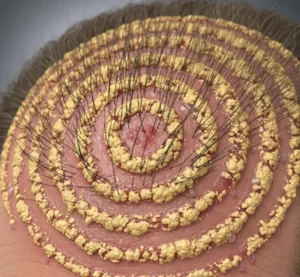Overview
Buttock pain is a common musculoskeletal complaint affecting the gluteal region and can range from mild discomfort to severe, debilitating pain. It may arise from muscle strain, nerve compression, joint problems, or underlying systemic conditions.
In Korea, buttock pain is evaluated and treated in orthopedic, rehabilitation, and pain management clinics using advanced imaging, physical therapy, targeted interventions, and minimally invasive procedures. Timely treatment is essential to relieve pain, restore mobility, and prevent chronic discomfort.
What is Buttock Pain?
Buttock pain refers to any discomfort, soreness, or aching in the gluteal region, which includes the gluteus maximus, medius, and minimus muscles, surrounding ligaments, nerves, and joints. The pain can be:
- Acute, resulting from injury or overuse
- Chronic, developing gradually due to degenerative changes or nerve compression
- Referred, originating from the lower back, sacroiliac joint, or hip
Common causes include sciatica, piriformis syndrome, bursitis, muscle strain, and spinal disorders.
Symptoms
Symptoms of buttock pain vary depending on the underlying cause but commonly include:
- Localized pain in one or both buttocks
- Radiating pain down the leg, often associated with nerve compression
- Stiffness or limited range of motion in the hip or lower back
- Swelling or tenderness in cases of muscle strain or bursitis
- Numbness or tingling, particularly if the sciatic nerve is affected
- Worsening pain when sitting, standing, or walking for prolonged periods
- Muscle spasms or cramping in the gluteal region
Pain patterns and severity help clinicians identify the underlying cause and guide treatment.
Causes
Buttock pain can result from musculoskeletal, neurological, or systemic conditions:
- Muscle strain from overuse, sports, or prolonged sitting
- Piriformis syndrome, where the piriformis muscle compresses the sciatic nerve
- Bursitis, particularly of the ischial bursa
- Hip joint disorders, including arthritis or labral tears
- Lower back problems, such as herniated discs or spinal stenosis
- Nerve entrapment, affecting the sciatic or pudendal nerve
- Trauma or falls, causing bruising, fractures, or soft tissue injury
- Systemic conditions, including infections, tumors, or vascular disorders
Risk Factors
- Sedentary lifestyle, leading to weak gluteal muscles and poor posture
- Athletic activity, particularly running, cycling, or weightlifting
- Older age, increasing the likelihood of degenerative joint and spinal issues
- Obesity, which adds mechanical stress to the lower back and pelvis
- Previous injuries, including hip, spine, or pelvic trauma
- Occupational hazards, such as prolonged sitting or heavy lifting
Complications
If left untreated, buttock pain can lead to physical and psychological complications:
- Chronic pain, affecting daily activities and mobility
- Reduced flexibility and muscle strength, leading to further injury
- Altered gait or posture, causing secondary musculoskeletal issues
- Nerve damage, resulting in persistent numbness or tingling
- Sleep disturbances due to discomfort
- Emotional distress, including anxiety or depression caused by chronic pain
Prevention
Preventive measures for buttock pain focus on strengthening, flexibility, and ergonomic practices:
- Regular stretching and strengthening exercises for gluteal, hip, and core muscles
- Ergonomic seating and proper posture when sitting for long periods
- Avoiding repetitive overuse and taking breaks during prolonged activity
- Weight management to reduce stress on the hips and lower back
- Early treatment of minor injuries to prevent progression
- Proper warm-up and cool-down routines before and after exercise
Treatment Options in Korea
Diagnosis
In Korea, buttock pain is evaluated through comprehensive clinical assessment and imaging:
- Physical examination to assess pain location, tenderness, and range of motion
- Neurological testing for reflexes, strength, and sensation
- Imaging studies, including X-rays, MRI, or CT scans, to detect musculoskeletal or spinal issues
- Ultrasound for soft tissue evaluation, such as bursitis or muscle tears
- Electromyography (EMG) for nerve function assessment
Medical Management
Treatment depends on the underlying cause and severity:
- Rest and activity modification to reduce strain
- Non-steroidal anti-inflammatory drugs (NSAIDs) to control pain and inflammation
- Muscle relaxants for spasms
- Heat or cold therapy to alleviate pain and swelling
- Topical analgesics or patches for localized relief
Interventional Therapies
For persistent or severe pain:
- Corticosteroid injections into the bursa or affected area
- Nerve blocks to relieve sciatic or pudendal nerve pain
- Platelet-rich plasma (PRP) therapy or regenerative injections in select cases
- Minimally invasive procedures, such as endoscopic or ultrasound-guided interventions
Physical Therapy and Rehabilitation
- Targeted exercise programs to strengthen gluteal, hip, and core muscles
- Stretching and flexibility routines to improve mobility
- Postural and gait training to reduce mechanical stress
- Manual therapy, including massage, myofascial release, or trigger point therapy
- Education on ergonomics for daily activities and workplace adjustments
Prognosis
The prognosis of buttock pain in Korea is generally favorable with early intervention:
- Acute musculoskeletal pain often resolves within days to weeks with conservative care
- Chronic or nerve-related pain may require prolonged treatment but can be effectively managed
- Physical therapy and rehabilitation improve function, reduce recurrence, and prevent complications
- Timely diagnosis and multidisciplinary care in Korea ensure optimal recovery, minimal disability, and improved quality of life
With comprehensive evaluation, advanced treatments, and rehabilitative support, patients with buttock pain in Korea can achieve effective pain relief, restored mobility, and long-term functional improvement.

